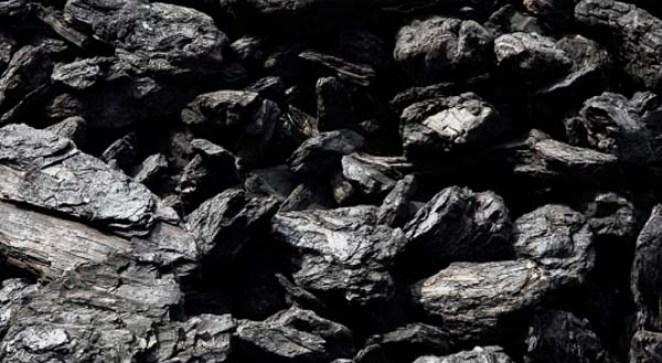Does India really need new coal mines to meet the 2030 demand?

Recently announced by central government to auction coal block to private companies for commercial use of coal (recent announcement by central government to auction coal block to private companies for commercial use of coal) Has mixed responses from various stakeholders. Some called it a long-awaited major reform. However, the state governments of Jharkhand, Chhattisgarh and Maharashtra have opposed the auction by lodging their concerns through letter or legal challenge. Coal mine unions opposed privatization for fear of negative impact on Coal India Limited (CIL). At the same time environmentalists and human rights groups expressed concern that the expansion of coal mining could destroy more than thousands of hectares of forest land and displacement of indigenous people in India’s last remaining forest.
The main reason for the auction of these blocks has been stated to be “the need to expand domestic coal mining capacity to meet the growing demand and reduce the country’s import dependence”.
Given that the country has been going through an economic crisis for more than a year and the Kovid-19 situation has made it more difficult, a reduction in coal imports in India will help ease the pressure on the exchequer. Despite this it is important to review whether expanding coal mines is really the best way to jumpstart / start the economy?
The Center for Research on Energy and Clean Air (CREA), an independent research organization focused on solutions for air pollution as well as disclosing trends, causes and health effects, has a better understanding of the rationale. , Coal India Limited and Central Electricity Authority have tried to look at various coal demand estimates.
According to Coal Vision 2030 [1] produced by CIL in 2017, the total coal demand in India is expected to be 900–1,000 MTPA (million tonnes per year) in 2020 and 1,300–1900 MTPA by 2030. The upper end of the spectrum of coal demand corresponds to the GDP growth rate of 8 percent [2]. The lower end of the spectrum of coal demand corresponds to an energy efficient scenario. The document also mentions that overall thermal coal demand is estimated to be 1,150–1,750 MTPA in 2030 and the remaining amount is coking coal demand.
The report further states that the total mines allocated / auctioned in 2017 (including Coal India Limited, Singareni Collieries Company Limited and Neyveli Lignite Corporation) is around 1,500 MTPA at the current rated capacity. In view of the potential demand (base case scenario), there is a limited requirement to start new coal mines in addition to the already auctioned / allocated coal mines. (
Coal production and imports stood at 964 metric tonnes for FY 2018-19 and 911 metric tonnes for coal, compared to which coal production by CIL fell for the first time in the last two decades, with total coal expected for FY 2020 Offtake remained flat
Another report released by the Central Electricity Authority (CEA), Optimal Generation Capacity Mix 2029–30 [3], noted that, “Gross production from coal power plants is estimated to be 1358 BU for the year 2029–30 [4]. . The coal requirement for the year 2029-30 has been estimated at about 892 million tonnes considering the specific coal 0.65 kg / kWh + 1% transportation loss. ”
Cole Vision 2030 also notes that,
“The power sector remains the major consumer segment with around 70 percent of the total coal demand.” The document further states, “The projected growth in coal demand from the non-regulated sector by 2030 is ~ 6% CAGR (compound annual growth rate), higher than the projected demand growth (~ 3% CAGR) in the regulated sector. However, the regulated sector will remain the largest coal consumer with two-thirds contribution. “
Based on the above numbers, it is clear that the total coal requirement is going to be in the range of 1188 to 1273 million tonnes (MT) [5] in FY 2029-30.
The above calculated coal demand falls below 1300 metric tons, which is similar to the demand for coal by CEA under the optimal generation capacity mix 2020-30, the most viable scenario.
India currently has a capacity above 1500 MT as per the coal mines allocated to other entities including Coal India Limited, Singareni Collieries Company Limited and captive (captive) coal blocks, hence the minimum capacity requirement of already allocated blocks is expected in 2030 About 15 to 20% more than that. This raises a question on the need to allocate or auction new coal blocks.
The current production of CIL stands at 602 MT against a mining capacity of around one billion tonnes (BT) for FY 2019-20, if CIL production increases by 5% year over year in the next 10 years, ~ 400 in India The additional metric tonne of coal will be by CIL and with state and private entities and a capacity of 500 MT which is about 60 MT in FY 2019-20. This quantum is sufficient to meet the growth in coal demand in India, replacing import dependence over the next decade.
Hence it is clear from the above estimates that India already has enough reserves for mining by 2030
